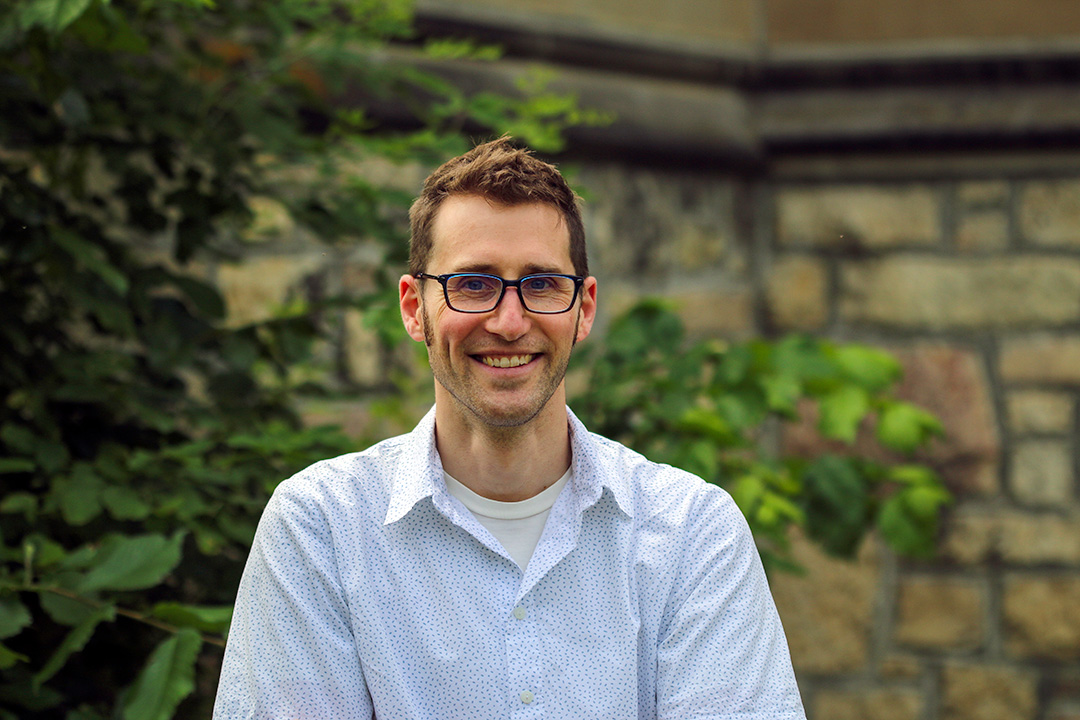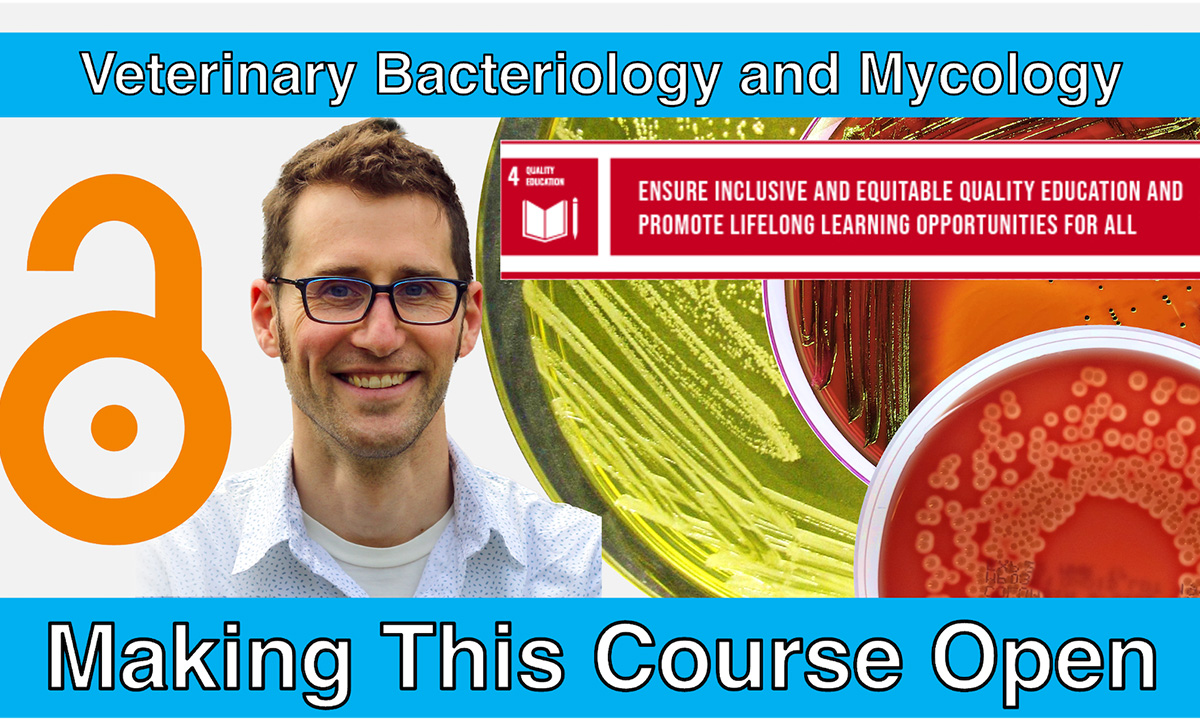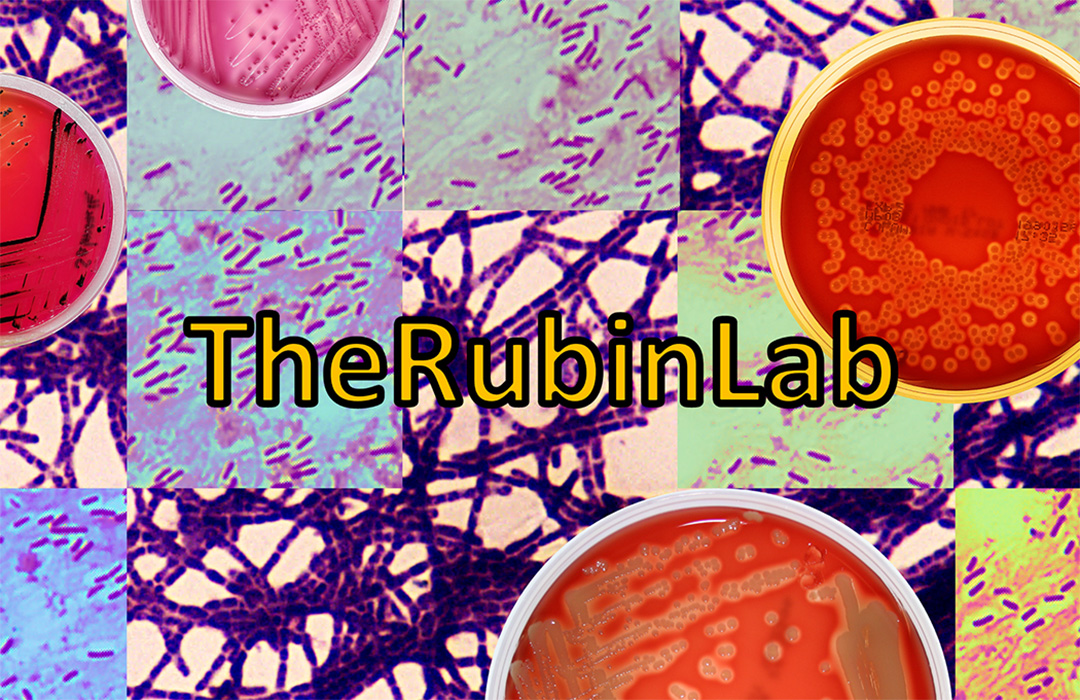
Social media channel delivers microbiology to students worldwide
When physical distancing and lockdown measures during the COVID-19 pandemic forced educators to adapt their coursework for virtual classes, Dr. Joe Rubin (DVM, PhD) saw a unique opportunity to engage veterinary microbiology students around the world.
By Tyler Schroeder“At the beginning of the pandemic, I was looking for content for my labs because they had all moved online. I couldn’t find any trusted teaching resources on YouTube, so I was looking to fill this gap,” says Rubin, a veterinary microbiology professor at the Western College of Veterinary Medicine (WCVM).
Rubin started his YouTube channel, TheRubinLab, in July 2020 when in-person classes were restricted at the University of Saskatchewan (USask). After producing a series of short “how-to” and “explainer” videos on lab-based microbiology material, he saw potential in using the video sharing platform for longer-form lectures.
“Seeing the advantages and benefits of having video material on YouTube, I thought that I should expand on what I had and try something broader.”
Since then, Rubin has developed and uploaded over 100 educational videos to his YouTube channel, including lecture videos for his entire second-year course (Veterinary Bacteriology and Mycology) which he updated and re-recorded for the current academic year.
While the content of each video is sourced from his in-person lecture material, the process of preparing and producing content for TheRubinLab requires focused dedication. Rubin says that using technology in crafting learning content allows for his delivery to be polished and precise.
It also presents challenges for instructors who can’t monitor student engagement in person.
“I was worried that students were going to lose engagement [during the pandemic] by watching boring, monotone, poor-quality videos. And as viewers, we have really high expectations of what videos look like. The standard for me is creating something that will keep the students’ attention.”

Rubin notes the importance of providing production value in each video as he strives to engage his audience with enthusiasm and visual aids.
“The camera has a way of sucking away all of your enthusiasm. You have to be overly performative and emotive when recording yourself which is not easy to do,” he says.
As he develops each video, Rubin writes a script and records several on-camera and voiceover takes before selecting his best. He then begins the task of editing audio and visual elements into a video format where he selects music and creates thumbnail graphics with his image and video information.
“It was a pretty steep learning curve for me at the beginning, but over time, I’ve built templates for the structure of the lecture videos. It’s taken a lot of work but now I’m able to use these guides for formatting each of my recordings.”
By using an open-source online channel for his videos, Rubin can provide students with a valuable educational resource to which they can return, regardless of time or place. If a student can’t attend an in-person lecture or wants to revisit previous material, his archived lectures are always accessible — even for practicing veterinarians.
It also allows anyone in the world to with an interest in veterinary microbiology to access learning opportunities. Based on the channel’s viewership statistics, Rubin says that many of his followers are in developing countries. His channel has gathered over 1,300 subscribers and nearly 150,000 views.

“Beyond our students at the WCVM, I think it’s really important to take this information and make it available to everyone. It’s a shame to see material locked away in classrooms and our learning management systems when people in other countries can benefit from using it.”
Using YouTube as a teaching tool has provided Rubin with his own learning experience — one he hopes to use in expanding his channel and the veterinary microbiology audience.
“As difficult and frustrating as the pandemic period was, I think we actually learned a lot about how to do things better,” says Rubin, whose innovations earned him the USask Provost’s College Award for Outstanding Teaching in 2022. “In terms of accessibility and new ways to present content, this channel gives students a learning resource that can have a global reach.”
Click here to visit Dr. Rubin’s YouTube channel, TheRubinLab.
